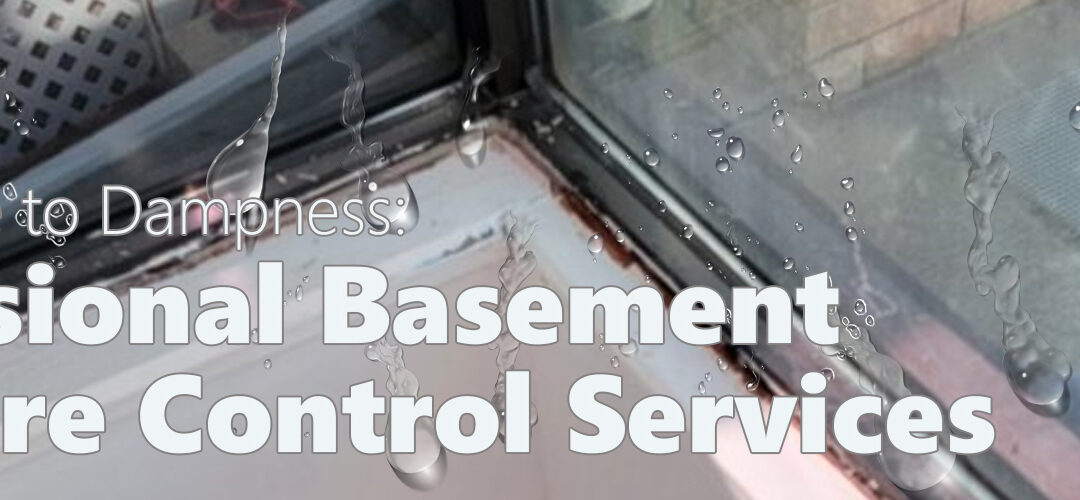Top Reasons For Basement Moisture And How You Can Fix Them
It isn’t easy to complete your basement without removing or minimizing dampness. If you are wondering how to get rid of basement moisture, it’s important to understand that moisture removal from basements is not an easy task. Moist basements may be suitable for storage or washing facilities, but not for human occupancy. Mold will grow on carpeting and fiber textiles such as drapes and bedspreads. It is preferable, therefore, to identify the sources of basement moisture and reduce them as much as possible.
At Zavza Seal, we take our responsibility to the health and safety of the communities we serve seriously. We live here too, and we have a serious job to do. To get a free expert assessment and mold testing with advanced equipment, and the best warranties in the industry on solutions that have been proven to work not to let mold back in, call on Zavza Seal any time. We’ve got your back!
Call (631) 980-1800 Now for a Free Mold Inspection and Tailored Quote!
Basement Moisture Sources
Flooding is the most obvious and dramatic sort of basement moisture. While water may seep into your basement from the ground around the basement walls and even beneath the basement floor, other sources of basement moisture can be just as destructive. Some of these are mentioned below:
Flooding in the Basement from the Outside
Basement flooding can occur due to larger, regional flooding, inundating your property and others in the neighborhood. However, it is just as typical for homes to have their flood events. Poorly graded soil may direct water toward, rather than away from, the foundation. In a heavy storm, clogged gutters carry massive amounts of water into the basement through cracks, windows, and doors.
Internal Flooding in the Basement
Basement flooding can also occur from within. When an owner is away for a few days, a broken pipe in the basement can be very catastrophic. Water heaters and washers can both fail. Upper-floor blocked showers and bathtubs can send water downhill, where the basement catches it like a basin.
Condensation in the Basement
Condensation arises on basement walls due to airborne water droplets condensing on chilly surfaces. Because basements are naturally cooler, condensation will form.
When paired with additional strategies, such as running a dehumidifier and restricting water access from the outside, keeping the temperature point high enough to ward off condensation is a useful tactic. Some basements operate dehumidifiers constantly to remove moisture from the air before it lands on the walls and floors.
Water Penetration
Rain, snow melt, melting ice, irrigation, and stormwater all seep through the porous pores in the soil and rocks to become groundwater. The majority of the ground contains groundwater.
Where to Look for Basement Moisture
Standing water is the most evident symptom of basement dampness. Beyond that, learn to examine your basement like a detective, looking for signs such as deteriorating materials and corrosion.
- Walls with peeling paint (condensation causes the paint to peel)
- Efflorescence is a white, powdery coating seen on brick walls.
- Rotting wood
- The drywall is flaking.
- Rusted platforms or feet on a water heater, dryer, washer, or other appliance
How to Get Rid of Basement Moisture
Eliminating or managing moisture in your basement is typically not a step-by-step procedure but one of many focused actions that will address most difficulties. We mean this by saying you should start outside the house before working inside.
1. Regrade
Regrade soil around foundation walls to keep water from the foundation. Bank up the soil to the masonry foundation wall with a shovel, then slope it down and away from the house.
2. Downspouts and Extensions Should Be Redirected
Downspouts should be directed away from the foundation and basement walls. Install downspout extensions to keep water away from the foundation.
3. Drain the Gutters
Clean the gutters to keep overflowing gutters from running alongside the foundation wall.
4. Fill large foundation wall cracks
Fill major foundation holes and fractures with a product like a hydraulic water-stop compound. Silicone caulk will not suffice to fill these cracks.
Using a straight-edged trowel, seal the outside of the foundation wall with about 1/4-inch of surface bonding cement. Allow the cement to dry for three hours. To help the second coat adhere to the surface, scribble lines in the bonding cement with a scribing tool or paintbrush cleaner. Apply another coat of bonding cement. Allow three to four days for all coats to dry completely.
5. Use a Masonry Waterproofer
On the inside of the basement, on exposed concrete or masonry walls, roll and brush on a waterproofing masonry sealant.
6. Set up a Sump Pump
Install a sump pump to keep groundwater under control. A sump pump installation is a substantial undertaking that necessitates the services of a contractor and a professional electrician.
Hire Us!
When to hire professional basement moisture control service is one of those perplexing questions that many homeowners find themselves asking. When you are DIY-ing, another appears once you’ve resolved one source of wetness. However, there are effective solutions for drying out your basement or generating a more dry basement than you presently have.
Zavza Seal LLC Long Island NY can assist you in locating and eliminating the sources of basement moisture. Look for basement waterproofing specialists or contact a general contractor with expert basement moisture mitigation skills.
Related Blog Posts:
- How Long Does the Restoration Process Take for Homes With Water Damage?
- What to Do If Your Home Has Water Damage?
- Signs of Water Damage in the Basement Walls
- Water Damage & Mold: Everything You Need To Know in 2023
- Things You Should Know About Water Damage
- Who Do I Call After My House Has Water Damage Restore?
- What Causes Water Damage to Floors and Walls
Related Services:
Our service areas:
Get A Free Estimate

